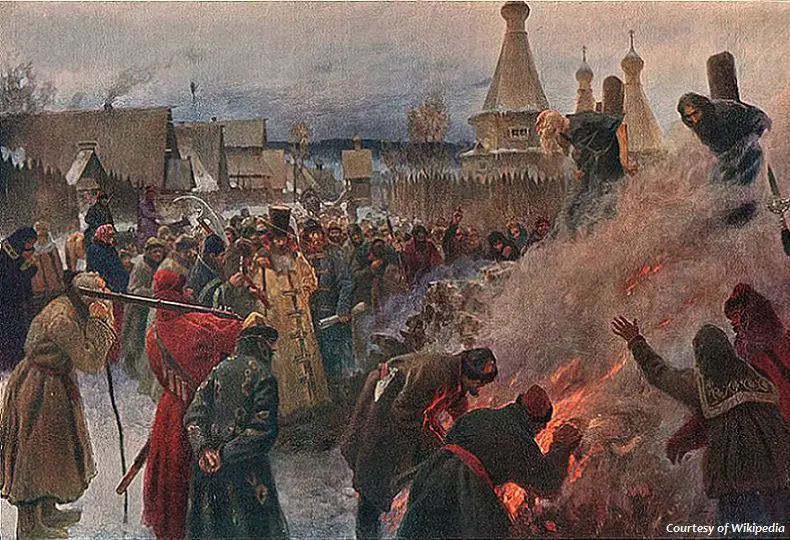You would remember the year 1543. It was a time when Nicolaus Copernicus from Torun, Poland died. Before that, he published a compelling and thought-provoking book titled On the Revolutions of the Heavenly Spheres.
In the book, he supported the idea and the theory of Pythagoras and Aristarchus that the earth moves and revolves around the sun. He explained that the earth would rotate on its axis daily. All these ideas being advanced by Pythagoras and Aristarchus would claim that the earth did not stand still at the center of the universe. “It was the sun…” as Copernicus, Pythagoras, and Aristarchus said.

With this idea, Copernicus promoted the idea of heliocentrism. This idea proved to be true after five centuries of accruing circumstantial, experimental, and observational evidence. However, the Roman Catholic Church charged him with heresy for advancing knowledge of science.
As well, Copernicus supported an old idea of Pythagoreans and heliocentrists being universally rejected for two millennia. The ancient Pythagoreans and the heliocentrists were not able to uncover heliocentrism; however, Copernicus managed to prove the known facts about the motions of the heavenly bodies. He explained in quantitative detail that the sun rather than the earth is the center of the universe.
Though this theory that the sun was the center of the universe was faulty, Copernicus was right about some things. Copernicus was right when he thought that the planets orbited the Sun and that the Moon orbited Earth. However, he was wrong when he said that the Sun was the center of the universe. He, as well, was wrong when he said that the sun and the stars did not move.
And yes, Copernicus had mistakes. However, he did not spread heresy. He was just advancing the field of science. If religion was true, why would the Roman Catholic Church and others worry about the truth?
Some Roman Catholics, such as the Spanish theologian Diego de Zuñiga (1536–97) and the eclectic philosopher Giordano Bruno (1548–1600) used Copernicus’s arguments. Giordano Bruno expanded Copernicus’s theory and asserted the possible plurality of inhabited worlds. The Roman Catholic Church was mad at Bruno’s scientific exploration and condemned him. The church listed and named Giordano, Copernicus, and others heretic.

For Giordano Bruno, the church condemned him due to his support of the Copernican doctrine that earth would revolve around the sun. In 1600, Giordano Bruno was burned at the stake. And please, do not ask who killed him. Just do the math!
